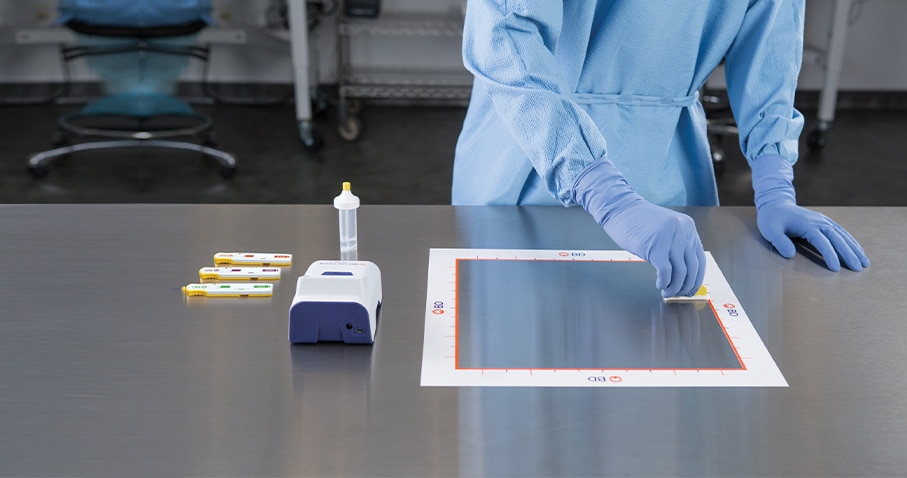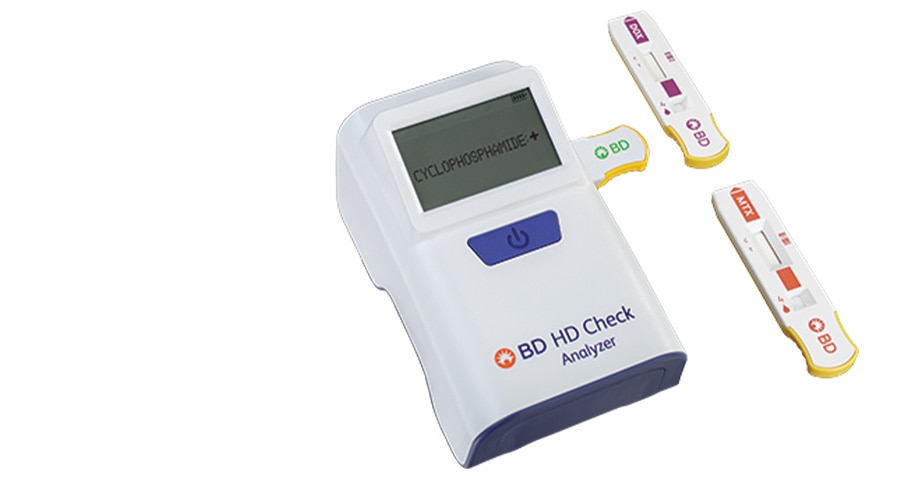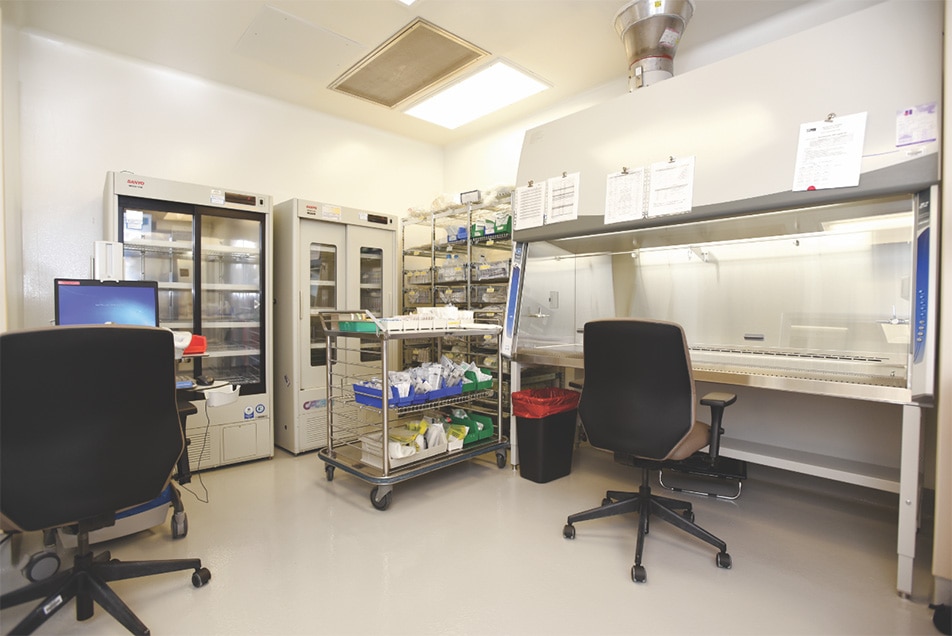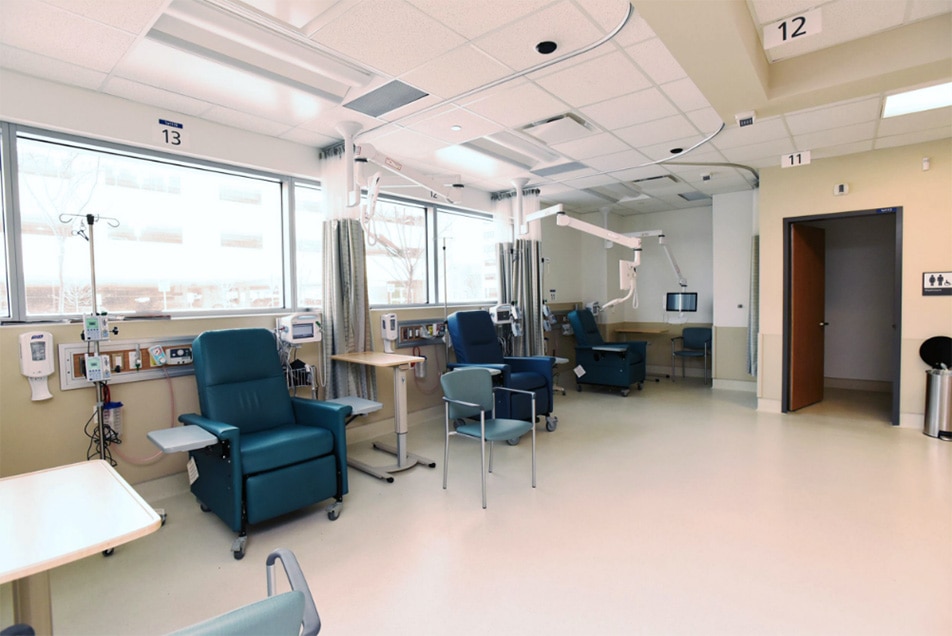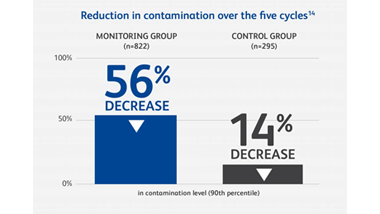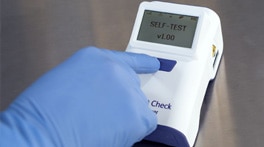Routinely testing high-touch work surfaces for HD contamination is a proactive solution to help detect HDs, manage their associated risk and evaluate the effectiveness of your investments. The body of supporting evidence is growing worldwide—through consensus conferences, peer-reviewed journal articles and best practice guidelines.
Explore most recent peer-reviewed studies contributing to the movement in more detail below:
- The Report on 2020 Safe to Touch Consensus Conference on Hazardous Drug Surface Contamination published in AJHP recommends the BD® HD Check System to qualitatively test and obtain rapid results to detect HDs11
- The Spanish Society of Hospital Pharmacists (SEFH)12 and the Spanish Nursing Council (SNC)13 recommend conducting an assessment of the contamination risk to detect HDs better and to evaluate effectiveness of current protocols
- Silvia Valero García et al publish the first known in-use study on qualitative testing to detect HDs on surfaces in JOPP, finding multiple advantages such as speed, immediacy and efficacy with the BD® HD Check System at their tertiary hospital14
